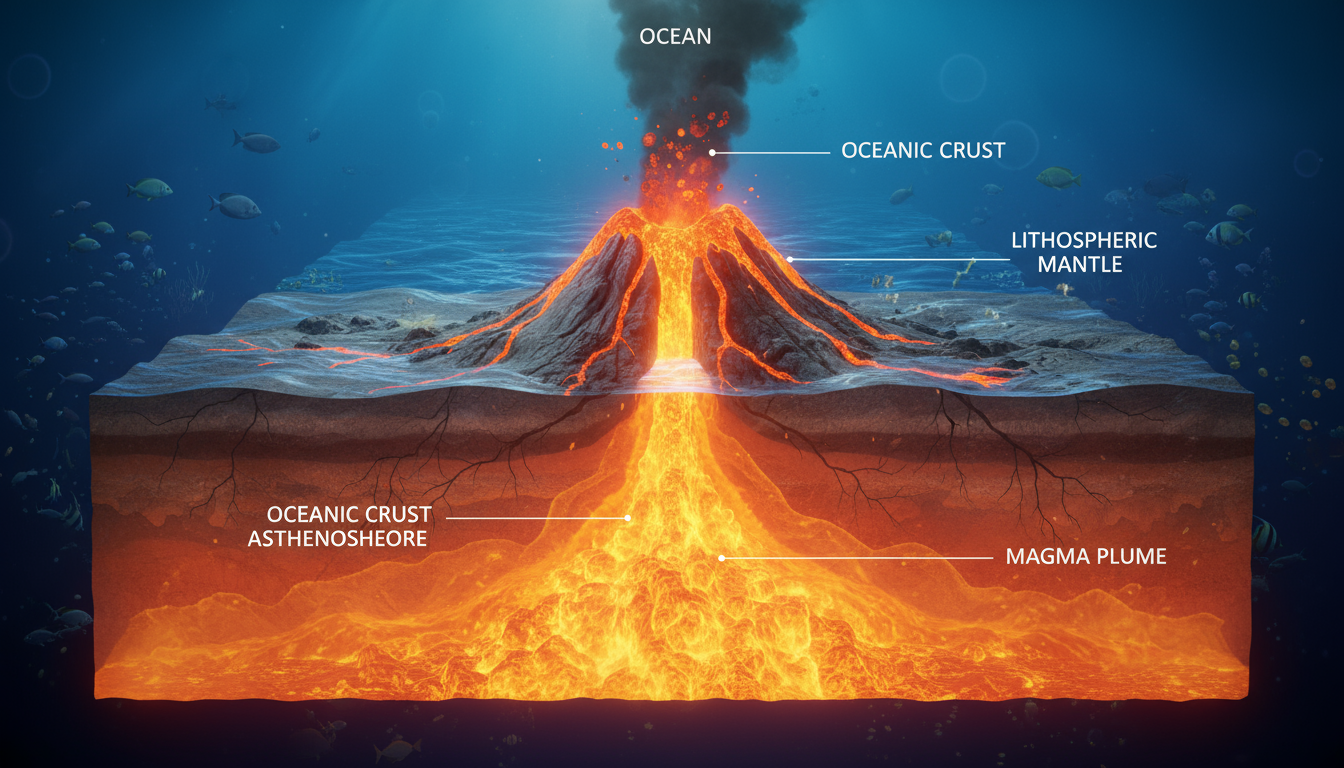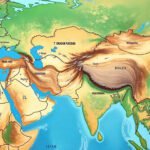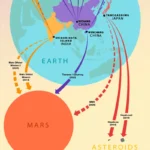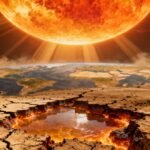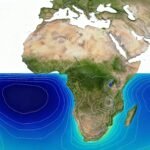The Hidden Volcanoes Beneath Our Oceans
When we imagine volcanoes, we think of fiery mountains spewing lava into the sky.
But here’s a mind-blowing fact — nearly 80% of all volcanic activity on Earth happens underwater, deep beneath the surface of our oceans.
Thousands of submarine volcanoes — most never seen by humans — continuously reshape the seafloor, forming new crust, releasing gases, and even creating new islands.
A World We Barely Know
Our oceans cover over 70% of Earth’s surface, and scientists estimate there are more than one million underwater volcanoes, with only a fraction mapped.
Many are found along mid-ocean ridges — enormous cracks in the planet’s crust where tectonic plates pull apart and magma rises to fill the gap.
Each eruption there adds fresh material to the seafloor, slowly pushing continents apart and recycling Earth’s crust in a constant process of planetary renewal.
How Underwater Eruptions Work
Unlike surface eruptions, underwater volcanoes often go unnoticed because the water pressure at great depths prevents explosive blasts.
Instead, molten lava oozes out, cooling rapidly to form strange, round shapes known as “pillow lavas.”
These smooth, bubble-like rock formations are proof of ancient undersea eruptions found even on land today — remnants of oceans long vanished.
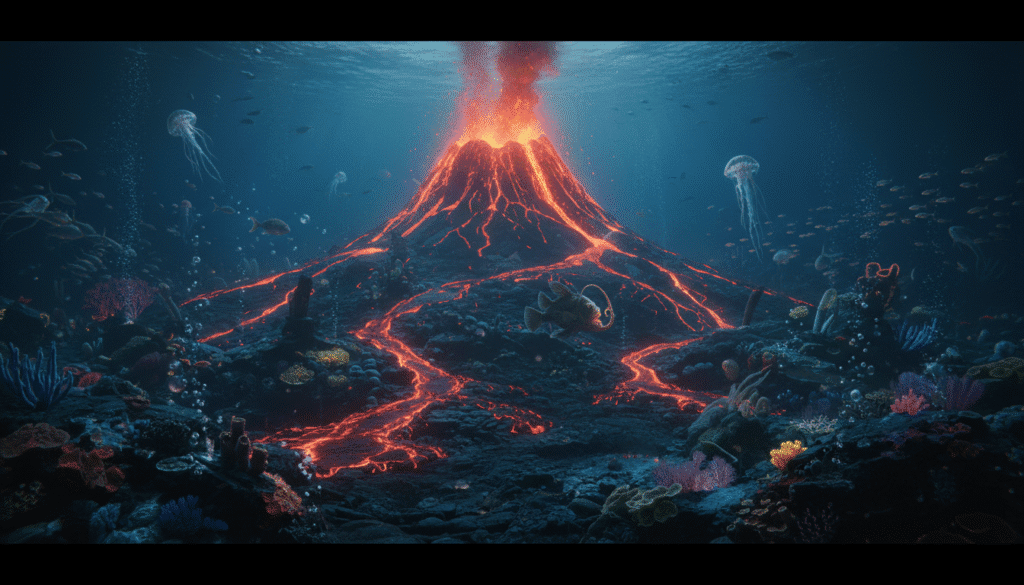
Why They Matter
Submarine volcanoes play a vital role in shaping our world:
- They produce new oceanic crust continuously.
- They release heat and minerals, fueling unique ecosystems.
- They influence ocean chemistry and circulation.
- In some cases, they can trigger tsunamis if eruptions cause sudden seafloor shifts.
These volcanoes are also home to hydrothermal vents, where superheated water rich in minerals gushes into the ocean — supporting entire ecosystems that thrive without sunlight, relying on chemosynthesis instead of photosynthesis.
Life Born in the Depths
Many scientists believe life on Earth may have started around these underwater volcanic vents — in warm, mineral-rich waters where complex molecules first formed.
Even today, these regions are biological treasure troves, with creatures like giant tube worms and bioluminescent shrimp found nowhere else on Earth.
When Volcanoes Rise Above the Sea
Sometimes, submarine volcanoes grow tall enough to break the ocean surface, forming new islands — such as Surtsey near Iceland, which emerged in 1963.
Others, like those in the Pacific Ring of Fire, build entire island chains over millions of years.
Conclusion
Beneath the waves lies an unseen world of fire and creation — a volcanic underworld that continuously reshapes our planet.
The next time you see the calm ocean surface, remember: below it lies one of Earth’s most active and mysterious landscapes — a fiery world we’ve barely begun to explore.

